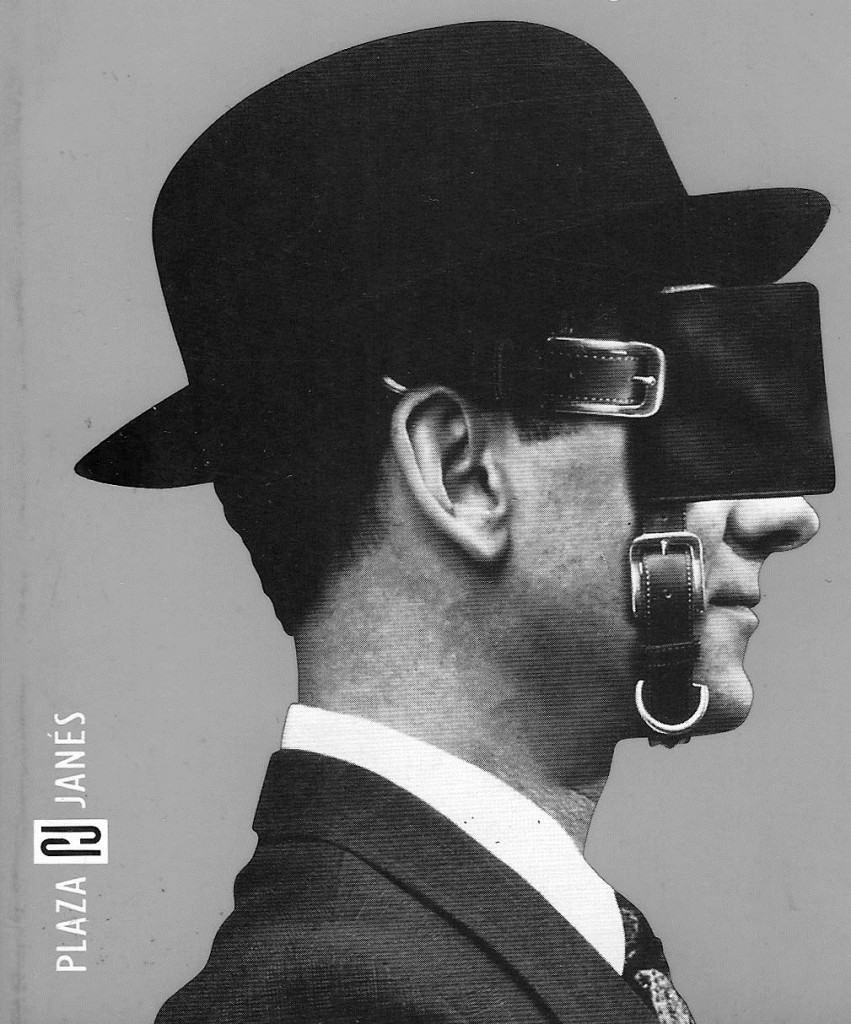I prefer not to, said Bartleby, the Scrivener, a dead-letter-office employee burdened by apathy, perhaps possessing the most horrible truth. But Bartleby wouldn’t have the option of refusal today. He’s been replaced by a machine that never says ‘no,’ not so far at least. The opening of an article by Ron Nixon of the New York Times about the death of the dead letter office:
“SALT LAKE CITY — Inside a plain warehouselike office building filled with rows of cubicles, Melissa Stark stares at the image of an envelope on a computer screen. The handwriting is barely legible and appears to be addressed to someone in the ‘cty of Jesey.’
‘Is that a 7 or a 9 in the address?’ Ms. Stark said to no one in particular. Then she typed in a few numbers and a list of possible addresses popped up on her screen. ‘Looks like a 9,’ she said before selecting an address, apparently in Jersey City. The letter disappears and another one appears on the screen.
‘That means I got it right,’ Ms. Stark said.
Ms. Stark is one of the Postal Service’s data conversion operators, a techie title for someone who deciphers unreadable addresses, and she is one of the last of a breed. In September, the post office will close one of its two remaining centers where workers try to read the scribble on envelopes and address labels that machines cannot. At one time, there were 55 plants around the country where addresses rejected by machines were guessed at by workers aided with special software to get the mail where it was intended.
But improved scanning technology now allows machines to ‘read’ virtually all of the 160 billion pieces of mail that moved through the system last year. As machines have improved, workers have been let go, and after September, the facility here will be the post office’s only center for reading illegible mail.”
Tags: Melissa Stark, Ron Nixon

